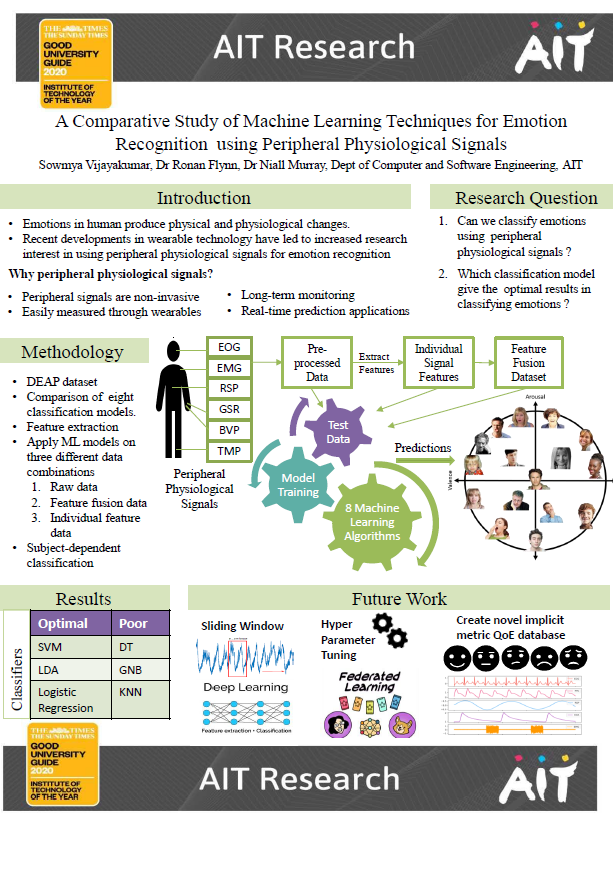Browsing Technological University of the Shannon: Midlands Midwest by Author "Vijayakumar, Sowmya"
Now showing items 1-3 of 3
-
An assessment of the transparency of contemporary technology education research employing interview-based methodologies
Buckley, Jeffrey; Adams, Latif; Aribilola, Ifeoluwapo; Arshad, Iram; Azeem, Muhammad; Bracken, Lauryn; Breheny, Colette; Buckley, Ciara; Chimello, Ismael; Fagan, Alison; Fitzpatrick, Daniel P.; Herrera, Diana Garza; Gomes, Guilherme Daniel; Grassick, Shaun; Halligan, Elaine; Hirway, Amit; Hyland, Tómas; Imtiaz, Muhammad Babar; Khan, Muhammad Bilal; Lanzagorta Garcia, Eduardo; Lennon, Paul; Manaf, Eyman; Meng, Jing; Sufian, Mohd Sufino Zuhaily; Moraes, Adrielle; Osterwald, Katja Magdalena; Platonava, Anastasia; Reid, Clodagh; Renard, Michèle; Rodriguez-Barroso, Laura G.; Simonassi-Paiva, Biana; Singh, Maulshree; Szamk, Tomaz; Tahir, Mehwish; Vijayakumar, Sowmya; Ward, Cormac; Yan, Xinyu; Zainol, Ismin; Zhang, Lin (Springer, 2021-08-20)A high level of transparency in reported research is critical for several reasons, such as ensuring an acceptable level of trustworthiness and enabling replication. Transparency in qualitative research permits the ... -
A comparative study of machine learning techniques for emotion recognition from peripheral physiological signals.
Vijayakumar, Sowmya; Flynn, Ronan; Murray, Niall (IEEE, 2020-06)Recent developments in wearable technology have led to increased research interest in using peripheral physiological signals for emotion recognition. The non-invasive nature of peripheral physiological signal measurement ... -
A comparative study of machine learning techniques for emotion recognition using peripheral physiological signals
Vijayakumar, Sowmya; Flynn, Ronan; Murray, Niall (Athlone Institute of Technology, 2020-06)Emotions in human produce physical and physiological changes. Recent developments in wearable technology have led to increased research interest in using peripheral physiological signals for emotion recognition Peripheral ...

